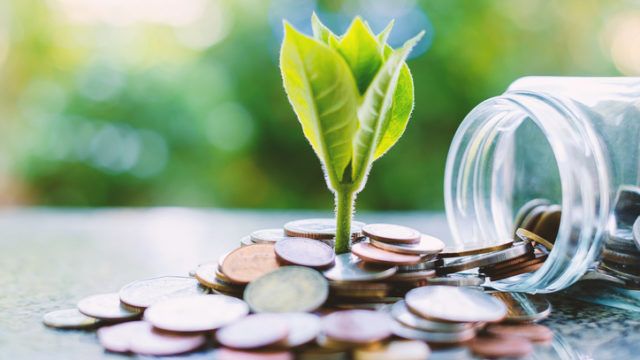Enthusiasm across Asean to allocate capital to the response to Covid-19, plus to facilitate long-term, low carbon and climate-resilient economic growth, has led to record issuance of sustainable debt.
In the six largest economies in the region, green, social and sustainability (GSS) debt hit $24bn last year, up from $13.6bn in 2020, or 76.5% year-on-year. In addition, sustainability-linked debt totaled $27.5bn, a jump of 220% from $8.6bn in 2020.
This is based on a new report by Climate Bonds Initiative and HSBC.
It highlighted various factors for spurring the market, including supportive regulatory developments.
“Work has been underway to establish green taxonomies that will provide a clear and common definition of sustainable activities,” said the report.
Investor demand has also grown from multiple sources, including greater understanding of climate risk. Further, there is enthusiasm to explicitly align sustainable investments with the UN Sustainable Development Goals and Paris agreement goals.
At the same time, there is an increasing trend where more companies are aligning climate risk with their business strategies.
“In particular, this has led to a notable increase in interest from corporates in sustainability-linked loans, which provide the flexible use of proceeds while still enabling corporates to achieve their sustainability objectives and targets,” said Kelvin Tan, managing director, head of sustainable finance & investments, Asean, at HSBC.
Greening the region
Within the GSS market, green-labelled debt – encompassing green bonds and green loans – remained the most popular in 2021, accounting for almost two-thirds (63.9%) of Asean’s GSS deals.
In particular, buildings and energy continued to represent the main use of proceeds for this debt; they have collectively been responsible for 79.5% of the cumulative use of proceeds of green debt issued from Asean between 2016 and 2021.
While non-financial corporate issuers were generally responsible for most (79%) of the regional green volumes in 2021, the research showed sovereign issuance as dominating the social and sustainability market, accounting for 51% of issuances.
Scope for growth
Despite record issuance in 2021, however, there are still gaps that need to be addressed.
“High-emission and hard-to-abate sectors must transition from brown-to-green rapidly. That includes activities, assets and projects linked to energy, heavy manufacturing industries and agriculture,” said Sean Kidney, chief executive office of Climate Bonds Initiative.
While local initiatives such as the Green Financial Industry Taskforce of Singapore (GFIT) are a good start, Kidney believes more urgency is needed to make vulnerable regions such as Asean less exposed to the consequences of climate change.
Other work is underway at the regional level, with the Asean Taxonomy Board releasing a draft Asean Taxonomy in November 2021. Further, an increasing number of countries are progressing in developing their own taxonomies, such as Malaysia, Singapore, Thailand and Vietnam.
Added Tan at HSBC: “Significantly more financing needs to be deployed, to mitigate and adapt to climate change.
“This mobilisation of finance will support our transition into a low carbon economy, which will be critical to achieve the Paris agreement goals and mitigate the devastating effects of climate change for the Asean region.”
As an example of the potential for growth, the transition bond market is still nascent.
Asean saw its maiden transition bond in 2021 with the Chinese Construction Bank in Singapore issuing a $2bn deal designed to support China’s carbon-intensive industries, such as gas and other power generators, manufacturing, and steel production.

















